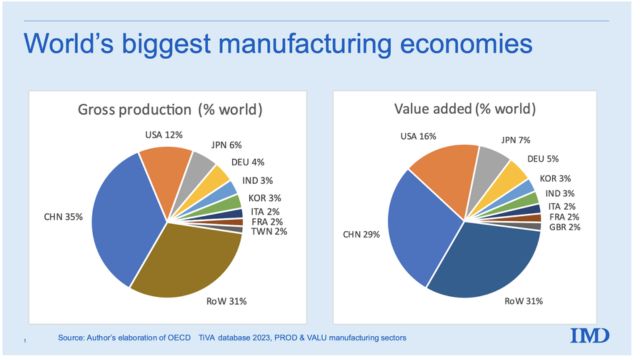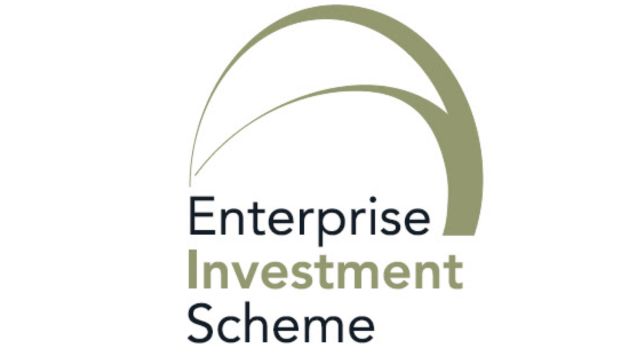Manufacturing entrepreneurs are seeing hitherto unheard-of possibilities in developing countries in a time defined by globalization, digital transformation, and supply chain diversification. Apart from reduced running expenses, these areas appeal because of changing infrastructure, government incentives, increasing consumer demand, and unrealized creative potential.
Knowing where the next wave of industrial growth is occurring will help you remain competitive whether your company is a startup, SME owner, or trying to increase your current manufacturing presence. These are some of the top emerging markets for manufacturing entrepreneurs looking forward 2025.
1. India – A Digital Manufacturing Powerhouse

India continues to rise as a manufacturing hub thanks to government-backed initiatives like “Make in India” and “Production Linked Incentive (PLI) Schemes” targeting electronics, pharmaceuticals, textiles, and more. The country boasts:
- A large, skilled labor force at competitive wage levels.
- Rapid infrastructure development in industrial corridors.
- Digital platforms like Udyam and GeM making it easier for MSMEs to scale and sell.
- Policies promoting self-reliance and import substitution.
Hot sectors: Electronics, auto components, textiles, food processing, and renewable energy components.
Pro Tip: Foreign entrepreneurs can benefit from FDI liberalization in several manufacturing sectors and plug into export-driven opportunities.
2. Vietnam – Asia’s Rising Star
Vietnam has emerged as a preferred alternative to China for manufacturing setups, especially in electronics, garments, and machinery. The country offers:
- Favorable trade agreements (e.g., CPTPP, EVFTA).
- Political stability and investor-friendly policies.
- Growing industrial zones with tax incentives.
Vietnam’s government actively promotes smart manufacturing and high-tech industries, making it attractive for forward-looking entrepreneurs.
Hot sectors: Electronics, textiles, footwear, and machinery.
Pro Tip: Vietnam is ideal for small to mid-sized manufacturers looking for an agile, cost-efficient setup with strong logistics access to both Asia and Europe.
3. Mexico – Gateway to North America
For entrepreneurs targeting the North American market, Mexico offers proximity, free trade benefits via USMCA, and cost-effective labor. Key benefits include:
- Strong industrial base in automotive, aerospace, and electronics.
- Growing nearshoring trend post-pandemic disruptions.
- Government support for manufacturing clusters.
Hot sectors: Automotive, electronics, packaging, medical devices.
Pro Tip: Cities like Monterrey and Querétaro are popular for skilled labor, infrastructure, and direct access to U.S. and Canadian supply chains.
4. Indonesia – The Next Big Industrial Frontier
With the world’s fourth-largest population and a fast-growing middle class, Indonesia is making major investments in industrial development. Its “Making Indonesia 4.0” roadmap focuses on boosting competitiveness in:
- Food and beverages
- Automotive
- Electronics
- Chemicals
- Textiles
The country is also attracting foreign investments in EV battery manufacturing and digital factories.
Hot sectors: Electronics, textiles, consumer goods, EV components.
Pro Tip: Explore opportunities in special economic zones (SEZs) that offer tax breaks and streamlined regulatory approvals.
5. Poland – Eastern Europe’s Industrial Magnet
Poland is a strategic entry point for manufacturers targeting both Western and Eastern European markets. Advantages include:
- EU membership and eurozone access.
- Skilled labor with a strong engineering and tech base.
- Expanding infrastructure and logistics networks.
Poland’s government is focusing on attracting green and digital manufacturing and provides EU-backed grants and incentives.
Hot sectors: Automotive, machinery, chemicals, food processing.
Pro Tip: Utilize EU funding programs and local innovation clusters that support Industry 4.0 transitions.
6. Kenya – Africa’s Manufacturing Gateway
Africa is becoming a manufacturing frontier, and Kenya is leading the way with its “Big Four Agenda”, focusing on industrial growth, food security, healthcare, and affordable housing.
Kenya offers:
- Access to the East African market of over 400 million people.
- Special Economic Zones (SEZs) with infrastructure support.
- Youthful workforce and digital adoption.
Hot sectors: Agro-processing, textiles, construction materials, renewable energy.
Pro Tip: Leverage programs from international donors (e.g., USAID, World Bank) aimed at empowering manufacturing MSMEs in the region.
Why Entrepreneurs Should Look at Emerging Markets
- Cost Efficiency: Lower labor and operational costs.
- Incentives: Tax breaks, grants, and simplified regulations.
- Market Access: Free trade agreements and regional integration.
- Growth Potential: Rising consumer demand in developing regions.
- Innovation: A chance to leapfrog with digital and green technologies.
Conclusion
Last Views
Emerging markets are turning into innovation-driven hubs rewarding proactive, technologically aware manufacturers, not only outsourcing locations. For business owners, the secret is to follow local policies, leverage appropriate industries, and project long-term.
Knowing the special benefits every area presents can help you set your company to flourish, develop, and innovate in a fast changing worldwide scene.
DigitalIndiaMIB is your gateway to global entrepreneurship and manufacturing insights. From policies to practical guides, we cover it all to help your business thrive. Stay informed, stay competitive—explore our resources and take your next big step with confidence!













